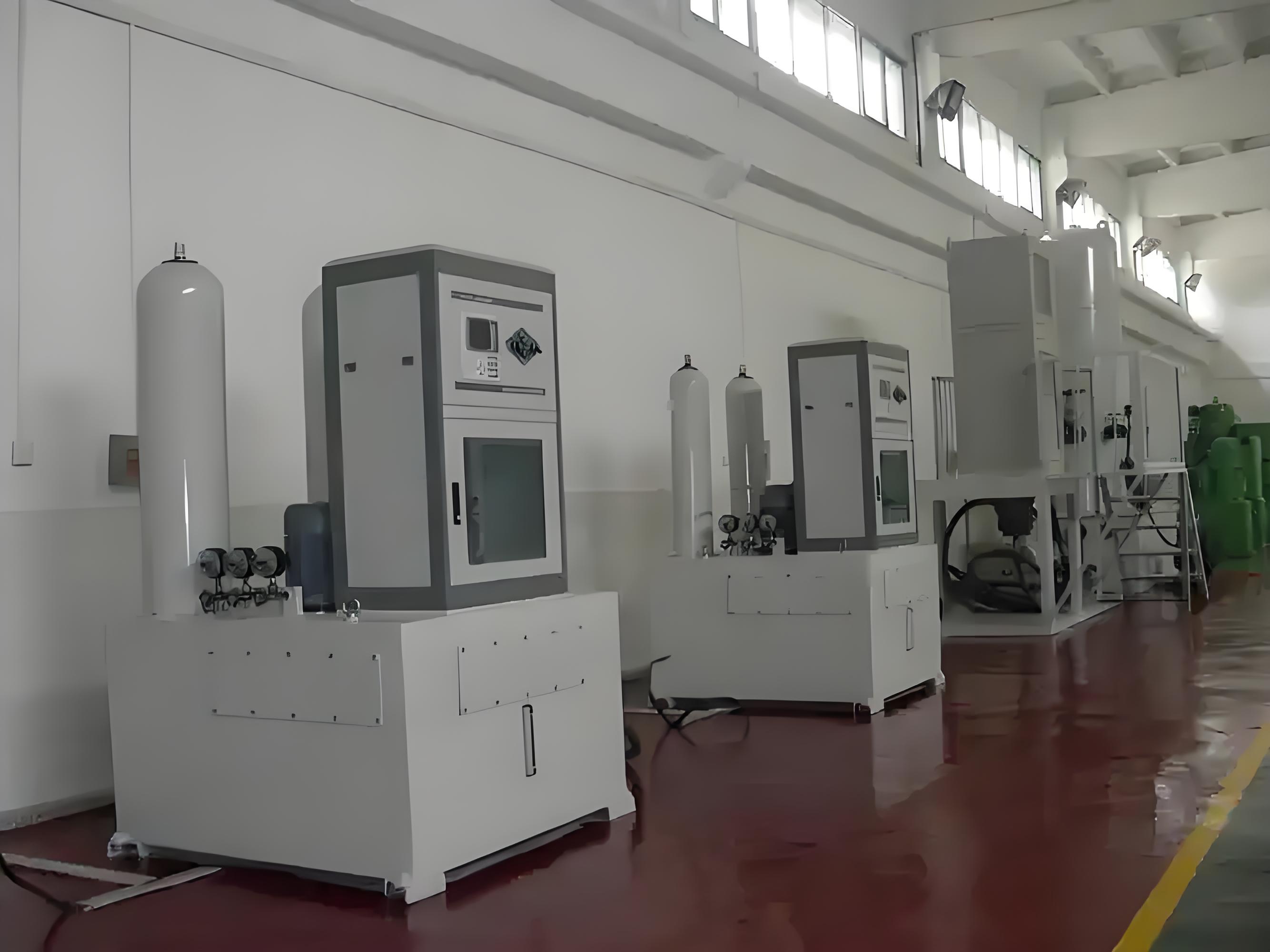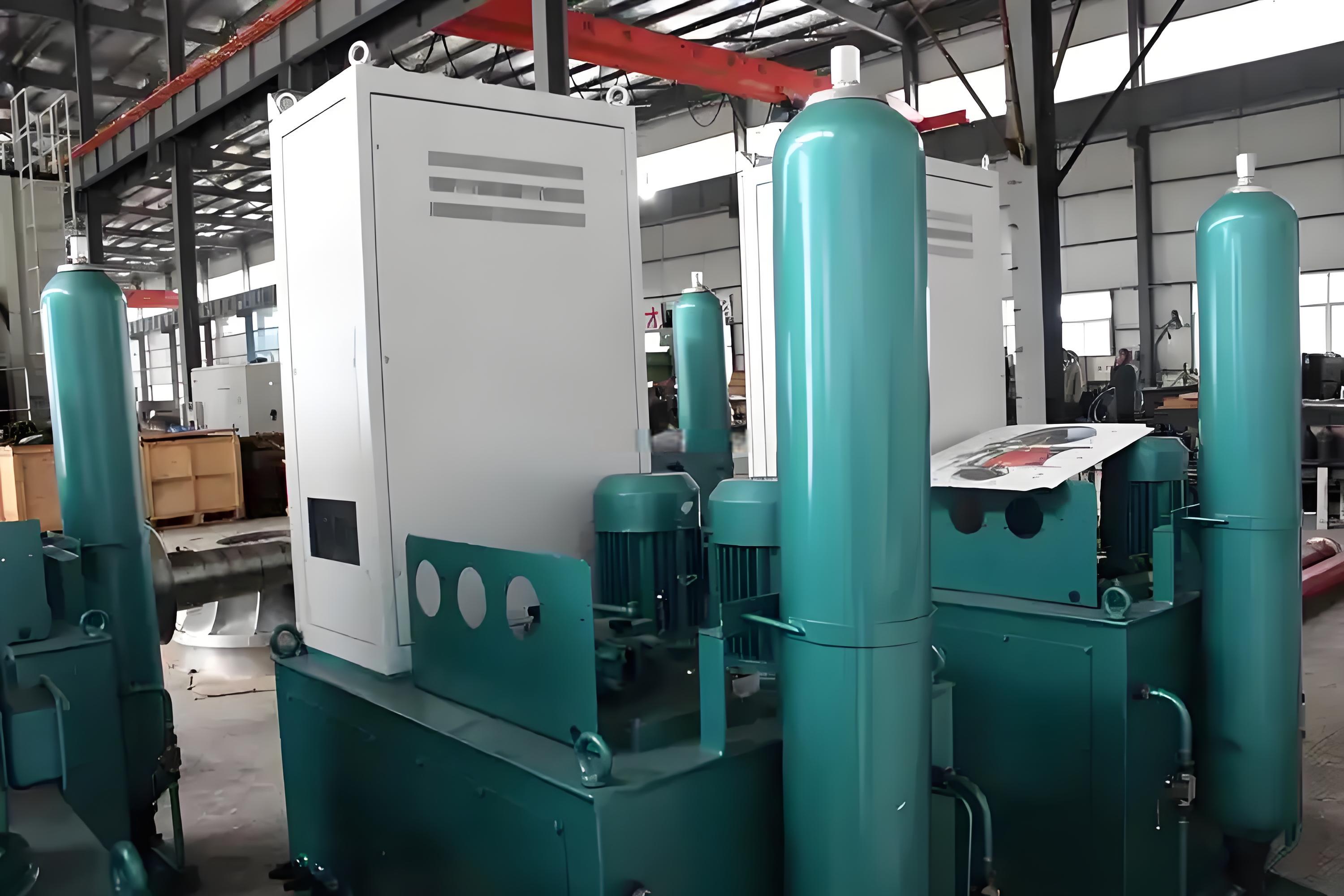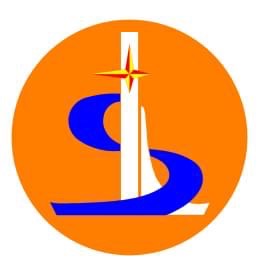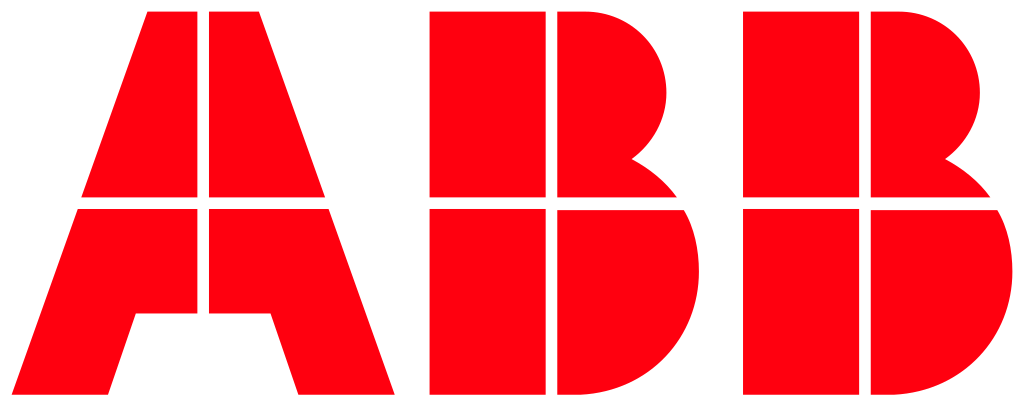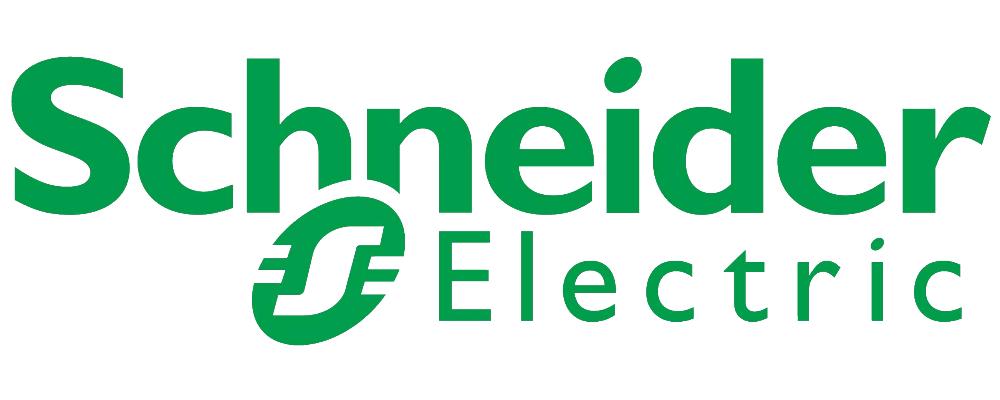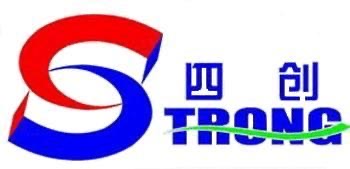The Role of Hydro Turbine Governors
The primary role of a hydro turbine governor is to regulate the speed of the hydro turbine, ensuring stable operation under varying load conditions. Its specific functions include:
1. Speed Regulation: Adjusting the turbine speed according to load changes to maintain grid frequency stability.
2. Load Distribution: In multi-unit power stations, it allocates the load among units reasonably to ensure efficient operation.
3. Start and Stop Control: Managing the startup, shutdown, and emergency shutdown processes to ensure safety.
4. Protection Functions: Automatically taking protective measures in abnormal situations (e.g., overspeed, overload) to prevent equipment damage.
Types of Hydro Turbine Governors
Based on their working principles and structures, hydro turbine governors can be classified into the following types:
1. Mechanical Hydraulic Governors:
- Features: Use mechanical and hydraulic components, with a simple structure and high reliability.
- Applications: Suitable for small hydro turbines or situations where high control precision is not required.
2. Electro-Hydraulic Governors:
- Features: Combine electrical and hydraulic technologies, offering high control precision and fast response.
- Applications: Widely used in medium and large hydro turbines, suitable for high-precision control requirements.
3. Digital Electro-Hydraulic Governors:
- Features: Utilize digital control technology, integrating sensors and microprocessors, with high control precision and automation levels.
- Applications: Suitable for modern hydropower stations, especially those requiring high precision and automated control.
4. Microprocessor-Based Governors:
- Features: Based on microprocessors, offering high precision, multifunctionality, and strong anti-interference capabilities.
- Applications: Suitable for modern hydropower stations, meeting complex control needs.
Summary
Hydro turbine governors ensure stable operation by regulating speed and load distribution. Based on their working principles and structures, they can be categorized into mechanical hydraulic, electro-hydraulic, digital electro-hydraulic, and microprocessor-based governors, each suited for different scenarios.


